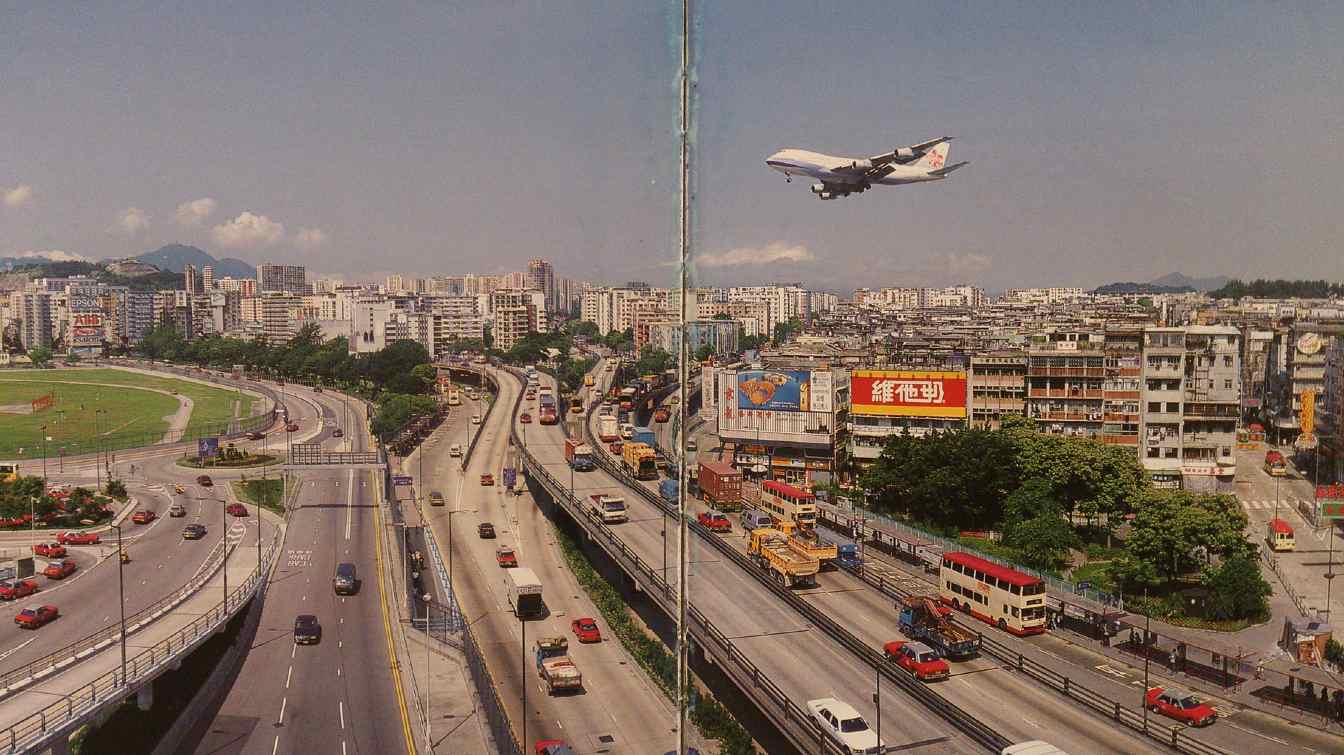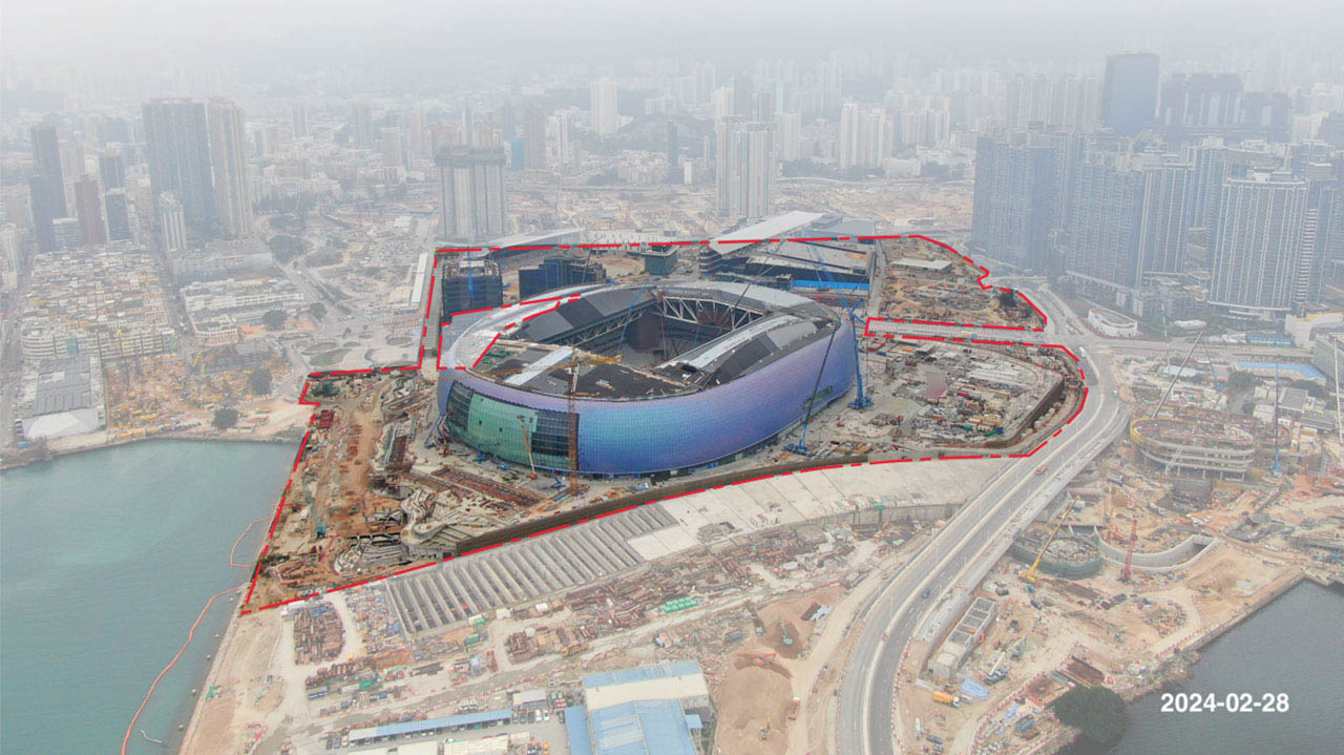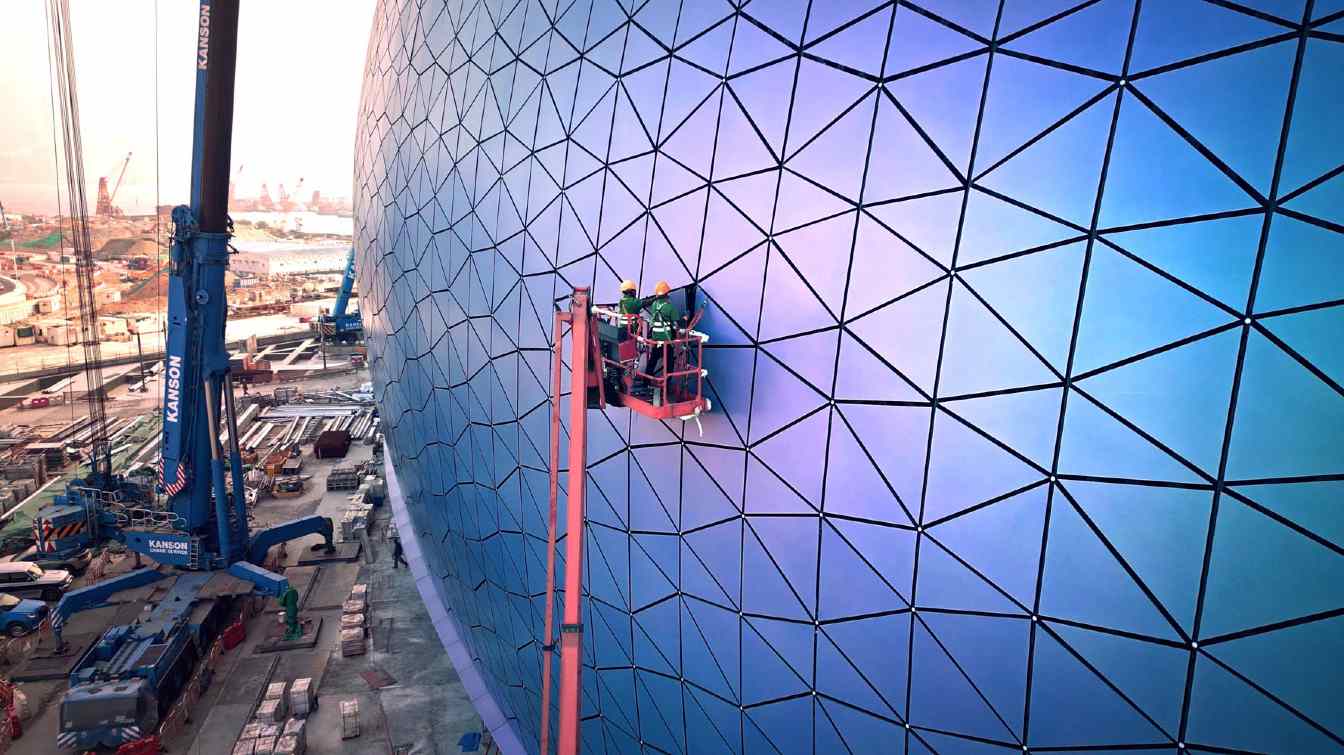Hong Kong: Once world's scariest airport, now extraordinary stadium
source: StadiumDB.com; author: Kuba Kowalski
 Asian panache, American ideas and Mediterranean style. There is something special about Hong Kong's new largest stadium. Globally, it is neither the biggest nor the most spectacular one. Nevertheless, there is an above-average auraemanating from the 'Pearl of the Orient'.
Asian panache, American ideas and Mediterranean style. There is something special about Hong Kong's new largest stadium. Globally, it is neither the biggest nor the most spectacular one. Nevertheless, there is an above-average auraemanating from the 'Pearl of the Orient'.
Advertisement
Heart attack in Hong Kong style
1912 - this is when the story of Kai Tak began. Two businessmen, Ho Kai and Au Tak, founded the Kai Tak Investment Company to acquire land for development. 13 years later, the site has developed into a small airport with a grass runway, used by the Royal Air Force and several flying clubs.
Did anyone expect what an aviation giant Kai Tak would become in the future? Hong Kong's growth has put a strain on the airport's capacity - it was designed to handle 24 million passengers a year, but in 1996, 29.5 million passengers and 1.56 million tonnes of cargo passed, or rather flew, through Kai Tak, making it the third busiest airport in the world in terms of international passenger traffic and the busiest in terms of international cargo traffic.
Although a quarter of a century has passed since its closure, the airport still lives on in the memories of those who experienced the landing at Kai Tak. The descent onto runway 13/31 has earned the nickname heart attack
. The 73 years of the airport's existence have been marked by accidents, including fatal ones. Fortunately, the days of manoeuvring between Hong Kong's skyscrapers are over.
 © ken93110 CC BY-SA 3.0
© ken93110 CC BY-SA 3.0
Glittering bay shore
The Kai Tak area has been unused for years, but that is over. A large part of its area - around 28 hectares - is to be occupied by a publicly accessible sports and commercial park. A key element of it is a new national stadium for football and rugby with a capacity of 50 000 spectators. The facility is designed to be compact and completely enclosed, incorporating a retractable roof. In this way, the cramped residential area is to be protected from noise during matches or concerts. The stadium's neighbours, however, should not complain - once upon a time they would have heard the sounds of 36 planes landing and taking off every hour from this very same location.
On the outside, the building is to be clad in a shimmering façade, reminiscent of Hong Kong's nickname Pearl of the Orient
. To some, the façade is also reminiscent of Real Sociedad's stadium, Reale Arena. Inside, a rather American
idea is to be realised - opening up the space behind one of the gates and offering fans a view across to Kowloon Bay. Excluding this stand, the auditorium will be split into two main tiers. Through the use of curtains, it will be possible to configure the auditorium so that the facility can be downsized for certain events.
The stadium will be connected to the rest of the complex by a covered main alley. A hotel is planned to the west of the venue, a 10,000-seat sports hall to the north and another stadium with a running track and an auditorium for 5,000 people. There will also be shopping arcades, a spa and 850 parking spaces.
Costs and progress
The cost of building the entire complex may seem like a nightmare, as it amounts to as much as 29.9 billion Hong Kong dollars, or around 4 billion American dollars. However, only part of this sum will be spent on the stadium. The entire amount has been contracted by the Hong Kong government with the Kai Tak Sports Park Ltd consortium, which has been given 5 years to design and build, followed by 20 years to manage the facility.
Construction of the venue began in 2019 and significant progress has been seen recently. From reports from the construction site, as well as from photos, it can be seen that the installation of the external panels has been completed, marking a milestone for this mega-project. Completion was originally scheduled for June 2023. Unfortunately, this deadline could not be met and the contractor will face very high penalties because of this. The facility is not expected to be ready until the end of 2024.
Advertisement
 StadiumDB
StadiumDB ©
©  ©
©